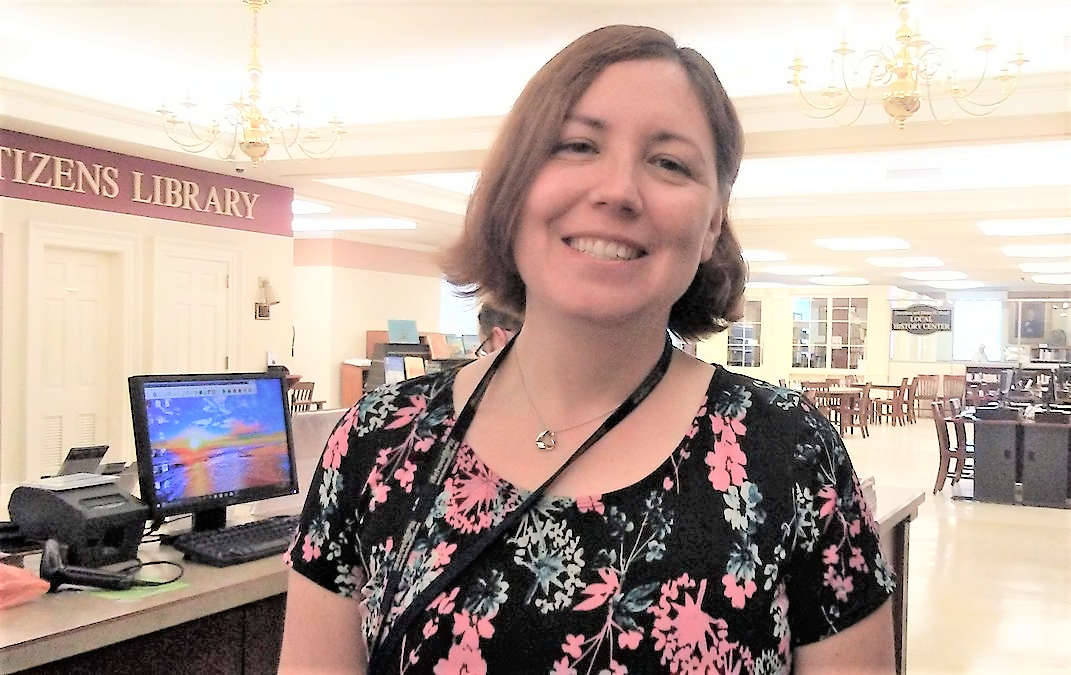by Jessica Miller, Coordinator,
Washington County Library System
Do you want to be able to better prepare your patrons based on where your community is heading? This was the focus of the Research Institute for Public Libraries (RIPL) Conference in August.
At RIPL, we learned that the first step in using your library to build a better community is to start with looking at your current programs and the impact they are having on your community. The leaders used many examples throughout the conference, starting at registration where they gave you three colored dot stickers and asked you to rate your level of comfort on three questions by placing each sticker on a giant poster. At the end of the three days, you were given different colored stickers and rated your new level of comfort, allowing everyone to see the shift in attitudes that occurred over the conference.
This wasn’t the only form of evaluation that we used. At the end of the first day, everyone wrote down one question from the material covered that day on a sheet of paper. The next morning, a few of these were wrinkled together into balls. Everyone broke into small groups where whomever caught one of the balls would have to peel off a layer and answer the question on that sheet. This let the conference presenters see what the participants had learned during the previous day, as well as providing a review for the attendees.
While these are great ways to see the impacts that your current programs are having on residents, how is this going to make your community better? At RIPL there were many sessions on ways to study your current community needs using focus groups, interviews and surveys, but one of the presentations I found most interesting was by Katina Jones. She spoke about how she was able to use data from the transportation department to see why patrons were visiting certain branches, even if they weren’t necessarily the closest branch “as the crow flies.”
Her approach proved to be surprisingly useful when the Southwest Planning Commission held meetings. The Southwest Planning Commission is a 10 county region made up of county level executives and others, that receives transportation funds, who is currently doing a study to determine the best way to spend them. As part of their study, they have projected populations through 2040 for each township in the region, the percentages of people that will be employed in different industries, and what effects certain disruptive technologies will have on transportation patterns (in addition to what they think will be disruptive technologies). This is data that I would never have the resources to gather at the library level, but that we can use to see areas where the leaders of our communities expect to have growth. When you know which industries are going to grow, you can add materials and programs to help patrons prepare for those jobs. Also, seeing which disruptive technologies are expected to be the biggest can show you if you should be investing in 3D printers for patron design classes or holding sessions on autonomous vehicles. If you are looking to make an impact in your community, I highly recommend attending RIPL the next time it is offered.
—
The next national RIPL event will occur in summer 2020.
Regional events, which are scaled down versions of the national RIPL, will be held in the meantime. One to be held in Henrico, Virginia, June 4-5, 2019 will open registration for non-Virginia residents on February 19. Learn about other regional events.


